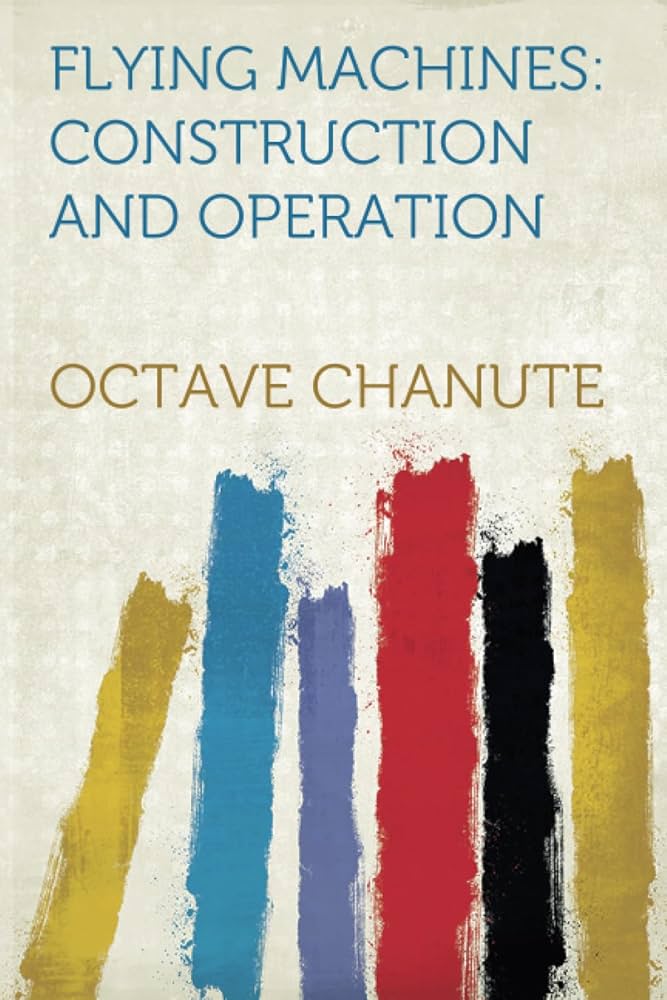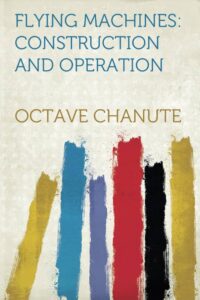Chapter XXIII — Flying Machines Construction And Operation
byChapter XXIII — Flying Machines Construction And Operation presents a nuanced view of how innovation, legality, and accessibility intersect in early aviation history. The Wright brothers, known for their groundbreaking contributions to powered flight, make a significant gesture by allowing amateurs and non-commercial users to adopt their patented technology without restriction. This policy encourages experimentation and scientific exploration, as long as the use remains outside of profit-driven exhibitions or commercial flights. Their intention is not to monopolize innovation but to ensure that their years of research and development are not commercially exploited without fair compensation. This balance between openness and protection demonstrates a thoughtful approach to intellectual property—one that fuels the advancement of aviation while preserving their rights as inventors. By encouraging personal and academic use, the Wrights create an environment that nurtures future breakthroughs without legal intimidation.
Central to the chapter is a detailed discussion of the patented mechanisms developed by the Wright brothers, which revolutionized flight control. Their system for wing warping, essential for lateral stability, paired with a movable vertical rudder, allowed for coordinated turns and sustained balance. These control methods weren’t just theoretical—they proved successful in practical application and became the foundation for how early aircraft were steered and stabilized. As aviation gained popularity, disputes emerged about who had the legal right to use or replicate such technologies. A major conflict arose between the Wrights and Glenn Curtiss, whose aircraft employed similar systems. The Wrights sought and obtained a legal injunction, claiming Curtiss’s designs infringed upon their patents. This legal action wasn’t simply about competition—it was about asserting ownership over a concept that had transformed the very idea of flight.
The case against Curtiss went beyond basic claims and into detailed arguments about how the technologies worked. Curtiss insisted his mechanisms differed in structure and function, but the court found his design to mirror the core principles of the Wright invention. Judge Hazel of the U.S. Circuit Court concluded that the Curtiss aircraft achieved the same result in essentially the same way, making the differences cosmetic rather than substantial. This interpretation set a precedent for how broadly or narrowly patents in aviation could be read. The ruling highlighted that innovation wasn’t just about parts and placement—it was also about the fundamental approach to solving a problem. The Wrights’ solution to controlled flight was not only effective but now legally recognized as unique and protectable, reinforcing their position as aviation pioneers.
This chapter also references the Aero Club of America’s formal endorsement of the Wrights’ claims, which further legitimized their role in shaping aviation’s early days. Official support from respected organizations not only strengthened their legal stance but also elevated their status within the flying community. These endorsements helped deter others from unauthorized use of their systems while simultaneously encouraging recognition and respect for intellectual contributions. The Wrights weren’t just inventors—they were establishing a framework for how technology could be shared, credited, and protected in an emerging industry. Their approach helped shape how early aviation would be regulated and incentivized, striking a delicate balance between innovation and legal structure.
In its entirety, the chapter underscores a pivotal moment in aviation history when flight moved from experimental novelty to structured advancement. It shows that the growth of aviation wasn’t fueled solely by mechanics or daring pilots, but also by how the rights to these innovations were defined and defended. Through their generosity toward non-commercial users and firm legal action against commercial imitators, the Wrights helped set the tone for future aeronautical development. Their blend of openness and protection offered a model for technological stewardship in the modern age. This chapter, therefore, doesn’t just document a courtroom victory—it captures the early shaping of aviation law and the ethical considerations that come with innovation.


